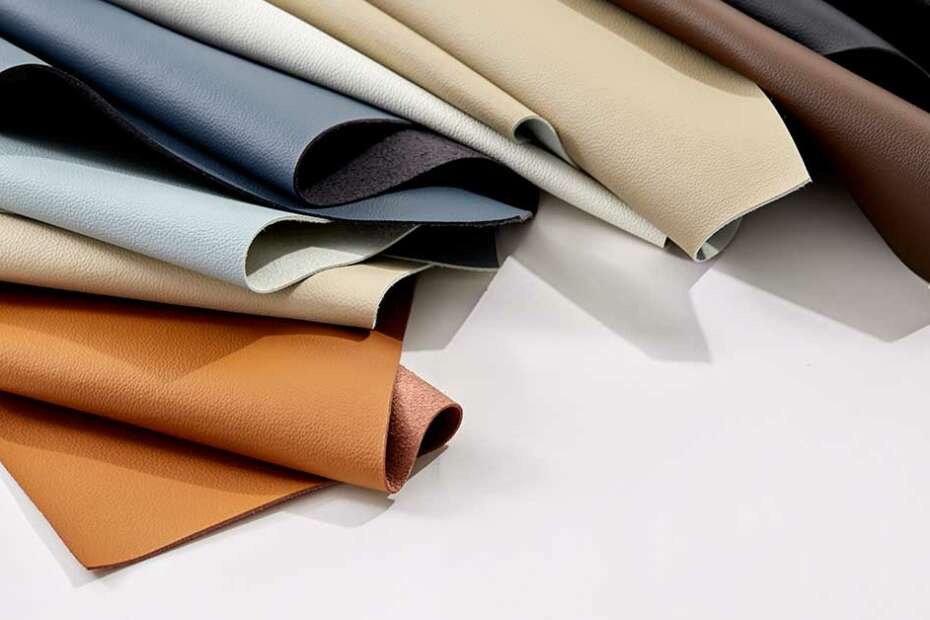Leather is one of the most versatile materials known. This is due to the unique arrangement of complex natural fibres that shows up like a variation on the different types of hides and skins. Chemical and physical processes are tailored to give specific properties and performance to the hides and skins as they are converted into leather and that is called TANNING.
Here we try to ponder upon some of the most important variations of key leather properties.
Water Resistance or Water Absorption
Leather can be made to absorb water, resist water or be completely waterproof. Most leathers manufactured for the shoe, bag, upholstery and leather goods industries offer a degree of water resistance that enables the leather to get wet yet, after drying, retain the properties of elasticity and shape. Many leathers for leather goods are treated to avoid marks from water spotting in light rain.
Waterproofing can be done for any kind of leather which make it repel water but reverse side of it can absorb.
Thickness- as thin as fabric and as thick as a shoe sole!
Skins produce thin leathers that can be used for bookbinding, gloves, lining and garments; they have outstanding softness. Medium thickness leathers, on the other hand, are more widely used for upholstery, automotive parts, shoes, bags and leather goods, whereas thick leathers are used for footwear soles and crafts.
Softness and Hardness
The softness of a leather is usually associated with its thickness and character. The thinner the leather, the softer it will be. But there are other variables that make leather softer, particularly the type of tannage: generally speaking chrome tanned will be softer; aldehyde type tanning less soft and vegetable tanned leather firmer. Just for the fact, a shoe or leather belt bends 1 million time before it has any sign of fold mark. Such flexible and resilient is leather.
Water Vapor Permeability
Often called ‘breathability’, this characteristic allows moisture and air to permeate through the leather. This property is particularly important for shoes’ comfort; as the foot sweats it can produce large amounts of moisture that move through the leather to the outside, keeping the inside of the shoe drier and more comfortable, with a lower moisture level. Waterproof


thank you so much for this amazing website me and my class admired this contentedness and penetration
Top site ,.. amazaing post ! Just keep the work on !
Hm,.. amazing post ,.. just keep the good work on!
Top ,.. I will save your website !
An interesting discussion is definitely worth comment. I do think that you need to publish more about this subject matter, it might not be a taboo subject but usually people do not speak about such topics. To the next! Cheers!!
Superb post however I was wondering if you could write a litte more on this topic? I’d be very grateful if you could elaborate a little bit further. Thank you!